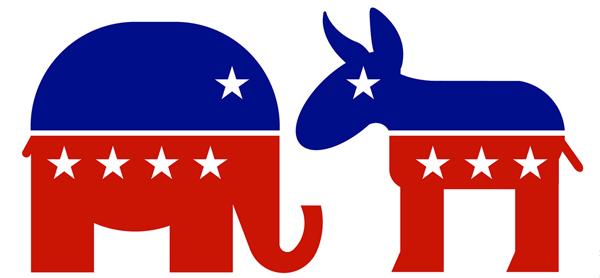According to Ballotpedia’s November partisan count of the 7,383 state legislators across the United States, 46.58% of all state legislators are Democrats and 52.39% are Republicans.
Ballotpedia tallies the partisan balance of state legislatures at the end of every month. This refers to which political party holds the majority of seats in each chamber. Prior to the general election, Republicans held a majority in 59 chambers and Democrats held a majority in 39 chambers. Alaska’s state House was the only chamber to have a power-sharing agreement between the two parties. Since the election, Republicans flipped two chambers, the New Hampshire state House and state Senate (effective Dec. 2), while control of Alaska’s state House and state Senate remained undetermined as of Nov. 30.
Nationally, the state legislatures include 1,972 state senators and 5,411 state representatives. Democrats hold 874 state Senate seats—losing one since October—and 2,565 state House seats, a loss of 15. Republicans hold 3,868 of the 7,383 state legislative seats—1,084 state Senate seats (no change since October) and 2,784 state House seats, an increase of 24. Independent or third-party legislators hold 34 seats, of which 30 are state House seats and four state Senate seats. There are 42 vacant seats.
During the month of November, Democrats saw a net change of -16 seats, while Republicans saw a net change of +24 seats. Some states, for example Alabama, swear new officeholders in during the same month as the general election, while others wait until December or the beginning of a new legislative session in January. The partisan count will likely fluctuate as state legislators are sworn in and out during the next two months.
Additional reading:


